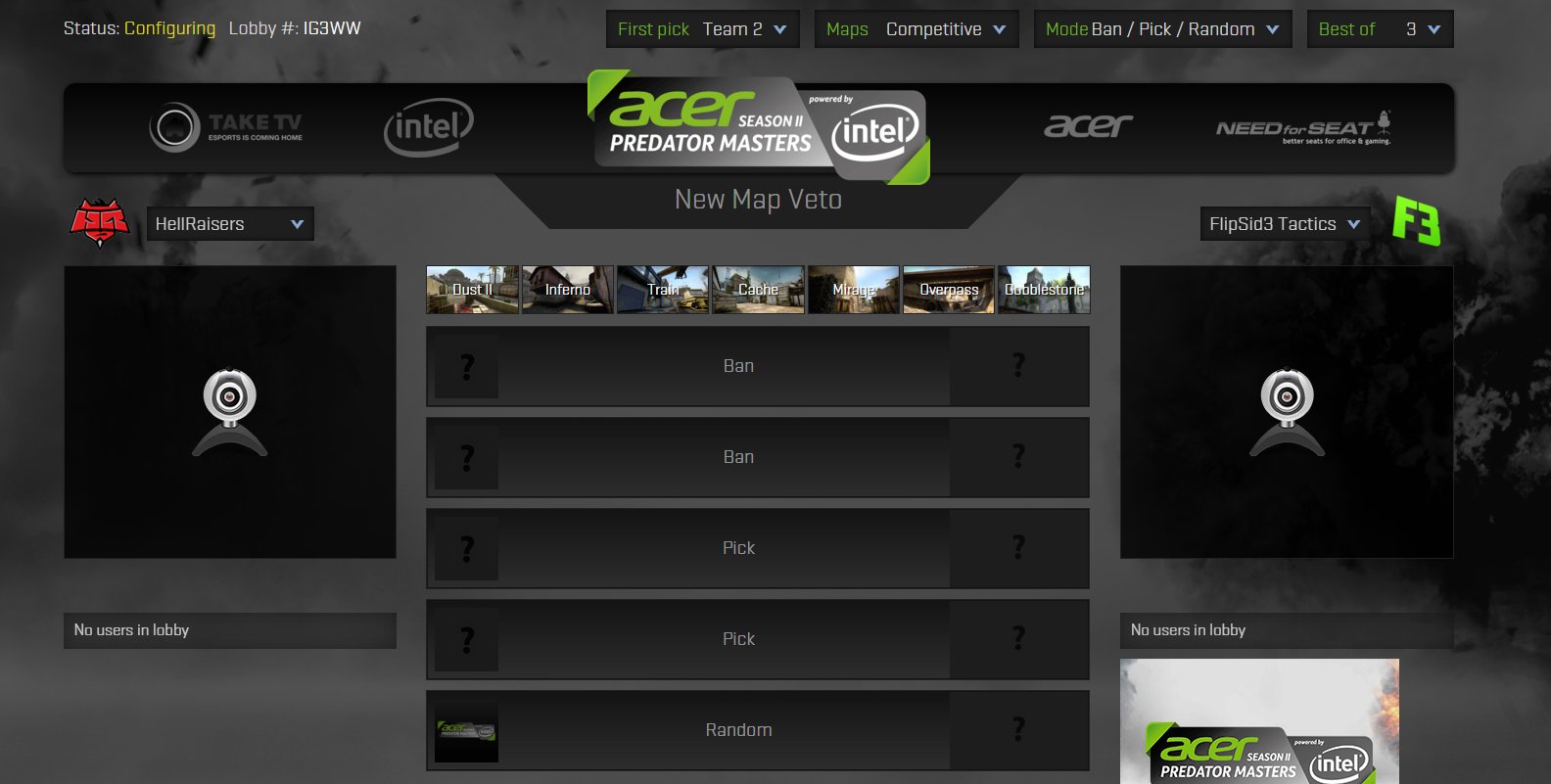Brett Rickaby's Insightful Corner
Exploring the world through news, tips, and intriguing stories.
Veto Like a Pro: Decoding the CSGO Map Ban Tango
Master the art of map bans in CSGO! Discover pro tips and strategies to outsmart your opponents and dominate the game.
Understanding the CSGO Map Ban Process: Tips and Strategies
In the competitive world of CSGO (Counter-Strike: Global Offensive), understanding the map ban process is crucial for teams aiming to gain a strategic advantage. The map ban phase occurs prior to the match and allows teams to eliminate maps they are uncomfortable with or those that favor their opponents. During this phase, each team takes turns banning maps until only a select few remain. Familiarity with the map pool, which typically includes a variety of maps such as Dust II, Inferno, and Mirage, ensures that teams can make informed decisions. Keeping track of previous matches and learning from past results can inform better bans going into each match.
To maximize your effectiveness in the map ban process, consider the following tips and strategies:
- Analyze Team Strengths: Assess your team's strengths and weaknesses on different maps. Focus on banning those maps where your opponents excel.
- Review Past Performance: Take a look at historical data regarding your past matches to determine which maps have consistently resulted in losses.
- Communicate with Your Team: Ensure clear communication with your teammates during the ban phase to reach a consensus on which maps to eliminate, balancing comfort with tactical considerations.

Counter-Strike is a popular tactical first-person shooter that emphasizes team strategy and skillful gameplay. Players can choose from a variety of weapons, including the dual berettas, which can be a powerful choice in close-quarters combat. The game has evolved over the years, with multiple iterations, but its core mechanics remain focused on teamwork and precision.
The Psychology Behind Map Bans in Competitive CSGO
The psychology behind map bans in competitive CSGO plays a crucial role in shaping team strategies and outcomes. Teams often engage in a mental chess game, utilizing both their knowledge of opponents' strengths and weaknesses and their own preferences to gain an advantage. Each map in CSGO presents different challenges and opportunities, and understanding these maps can influence which ones a team chooses to ban. For instance, banning a map like Inferno, which requires strong coordination and communication skills, may signal a team's preference for individual skill over tactical plays. This decision often reflects deeply-rooted psychological factors, such as confidence levels and past performance on specific maps.
Moreover, map bans can serve as a psychological tactic to throw opponents off balance. A team might ban a map that they believe their opponents excel on, creating doubt and uncertainty in their rivals' minds. This tactic extends beyond mere gameplay strategy; it also involves understanding the psychology of the opposing team. During the map veto stage, teams aim to read their competitors not just based on statistics, but also on the mental and emotional states they might induce. Successfully navigating this psychological landscape can lead to a significant advantage, allowing teams to enter the match with a clearer focus and an edge in gameplay.
Common Mistakes to Avoid When Banning Maps in CSGO
When banning maps in CSGO, one of the most common mistakes players make is not considering the preferences of their teammates. Failing to communicate effectively can lead to a team composition that doesn't play to its strengths. Always have a discussion before making any bans to ensure that the maps you remove do not hinder your team’s performance. Prioritize maps that you and your team struggle with, rather than those that you simply dislike.
Another prevalent error is not keeping up with the current meta. The competitive landscape in CSGO is continually evolving, and being unaware of which maps are currently favored or played can significantly affect your game. Make sure you research the latest tournament results and stay updated on shifts in the map pool. This way, you'll be able to make informed decisions that align with the current trends in the game.